Each player in Parallel represents a faction known as a Parallel and can choose from Earthen, Marcolian, Kathari, Augencore, or Shroud. Deckbuilding is based on cards from the selected Parallel, some Universal cards, and most importantly, a Paragon.

Paragons are heroes with passive abilities that shape the deck's strategy. Each Parallel has unique strengths and mechanics that can be leveraged in different gameplay styles:
- Aggro decks → Kathari or Marcolians
- Midrange decks → Earthen or Augencore
- Control decks → Shroud
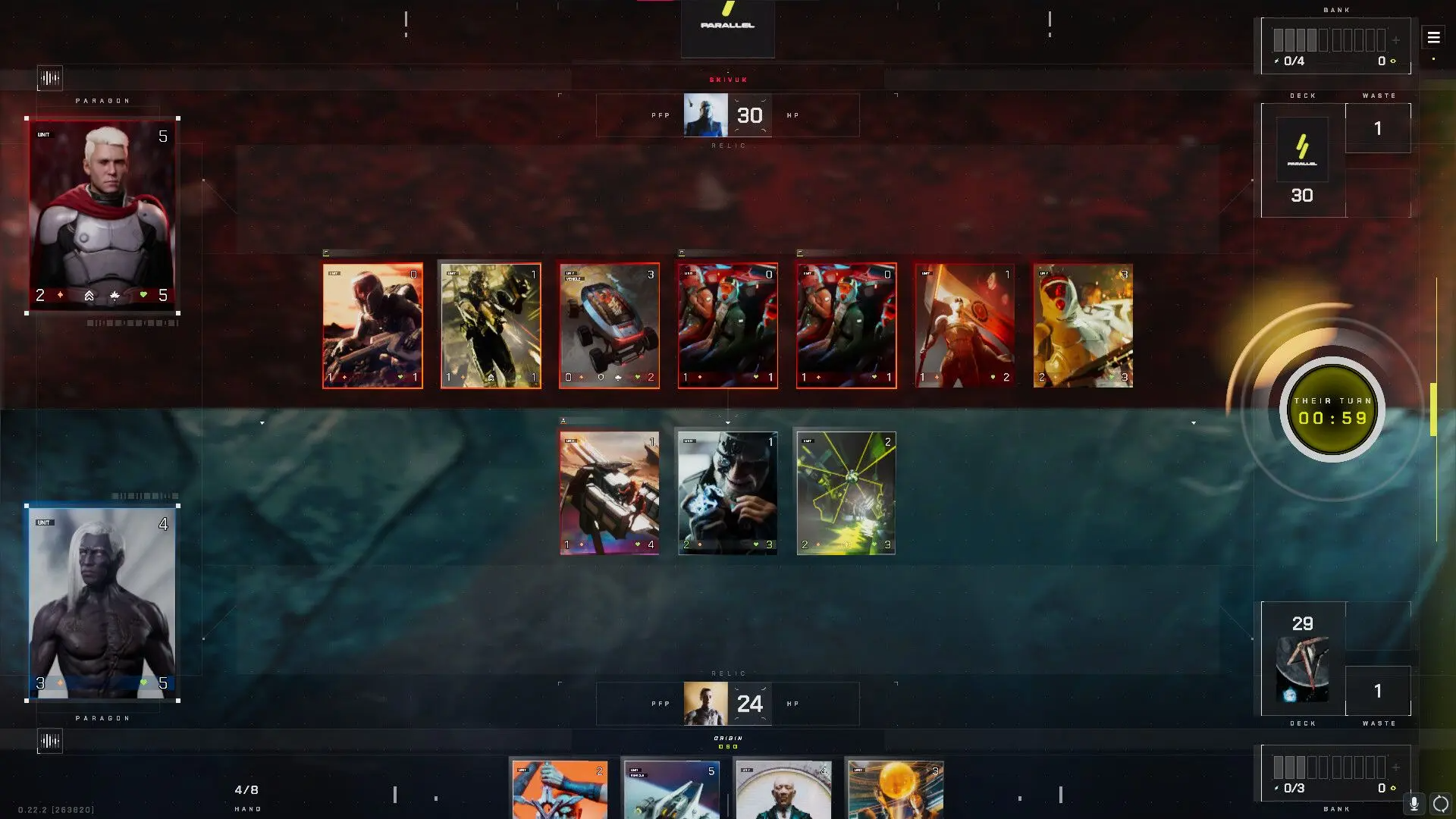
Choosing a Paragon not only defines your playstyle but can also inspire new combinations and strategies within the deck.
Pro Tip: It’s recommended that 80% of the cards directly support your main strategy, while the remaining 20% can be used for tech tools and specific matchup answers.
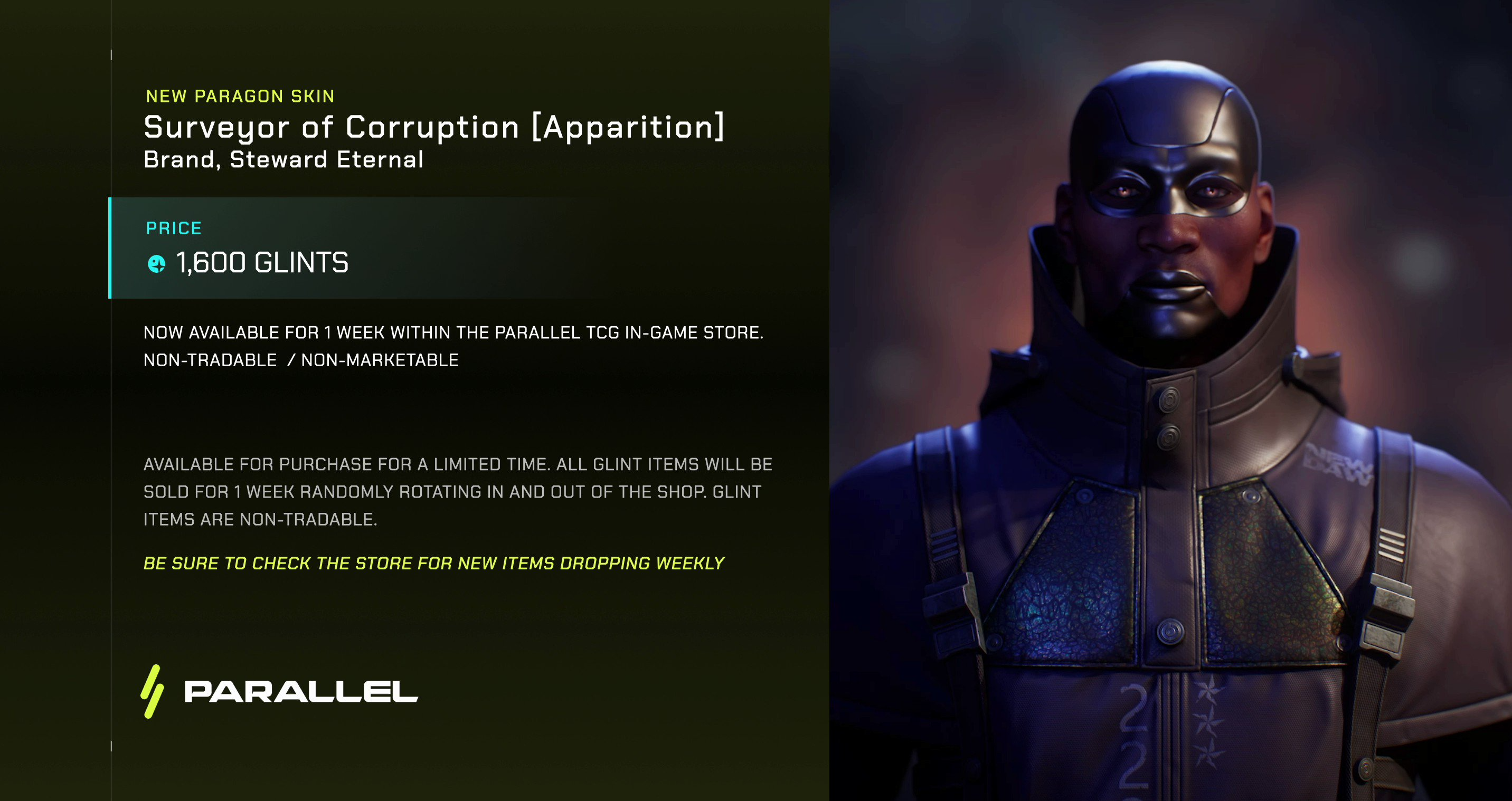
Basic Deckbuilding Rules
In Parallel, decks follow a defined structure:
- 40 cards per deck
- Legendary cards: Maximum 1 copy per deck
- Non-legendary cards: Up to 3 copies
- Goal: Maximize consistency and minimize dead draws
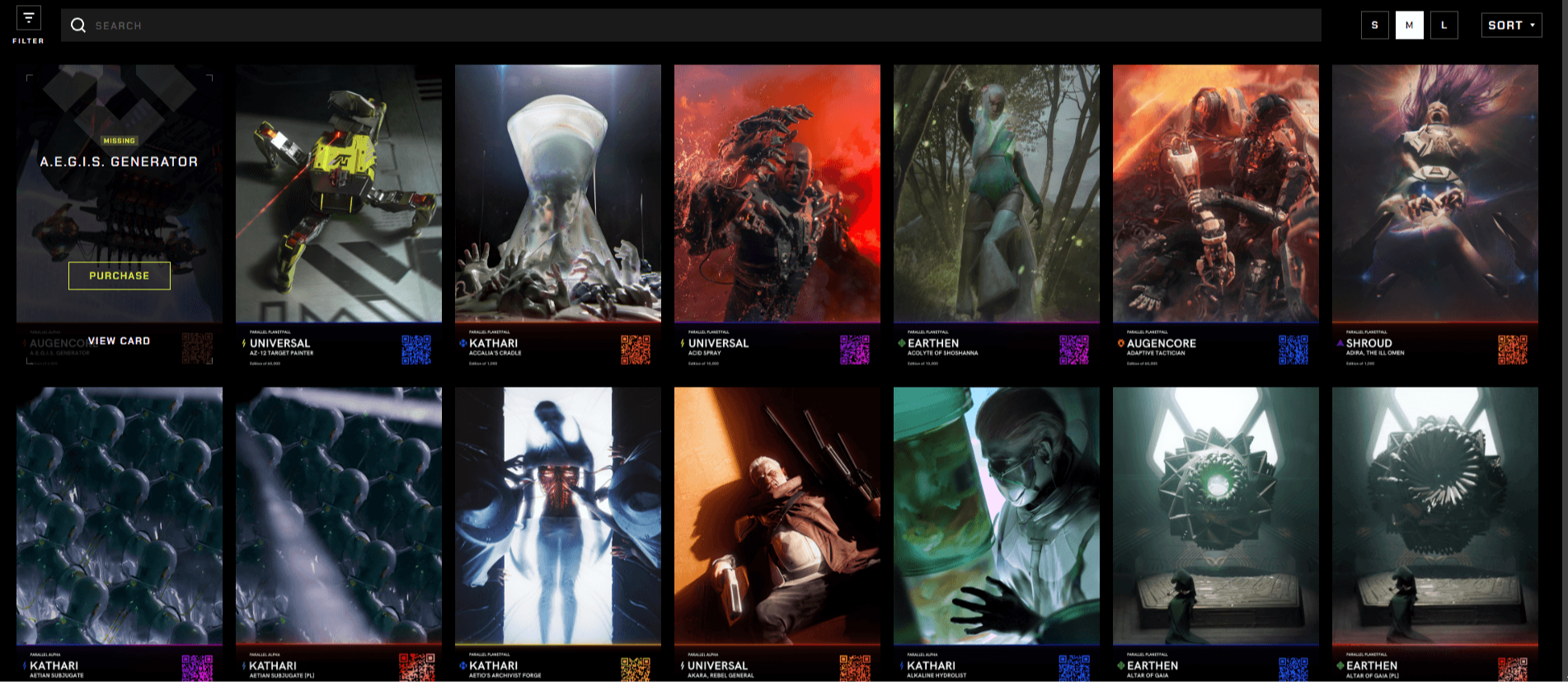
To achieve a proper energy curve balance, the ideal distribution should resemble a bell curve:
- Most cards should cost 2–5 energy.
- Some cards should be 1-energy openers.
- A couple of 8+ energy finishers should be included.
Number of Copies to Play
| NUMBER OF COPIES | WHEN TO USE |
|---|---|
| 3X | CORE CARDS, COMBO PIECES, MUST-DRAWS |
| 2X | BOARD CLEARS, SUPPORT TOOLS, HIGH-IMPACT CARDS |
| 1X | TECH CARDS, LEGENDARIES, NICHE ANSWERS |
Mastering the Bank
One of the most strategic aspects of Parallel is banking, a system that impacts game progression.
How Banking Works
- Each turn you may bank 1 card to gain 1 additional energy.
- At the end of the turn, if you banked a card, you draw an extra card.
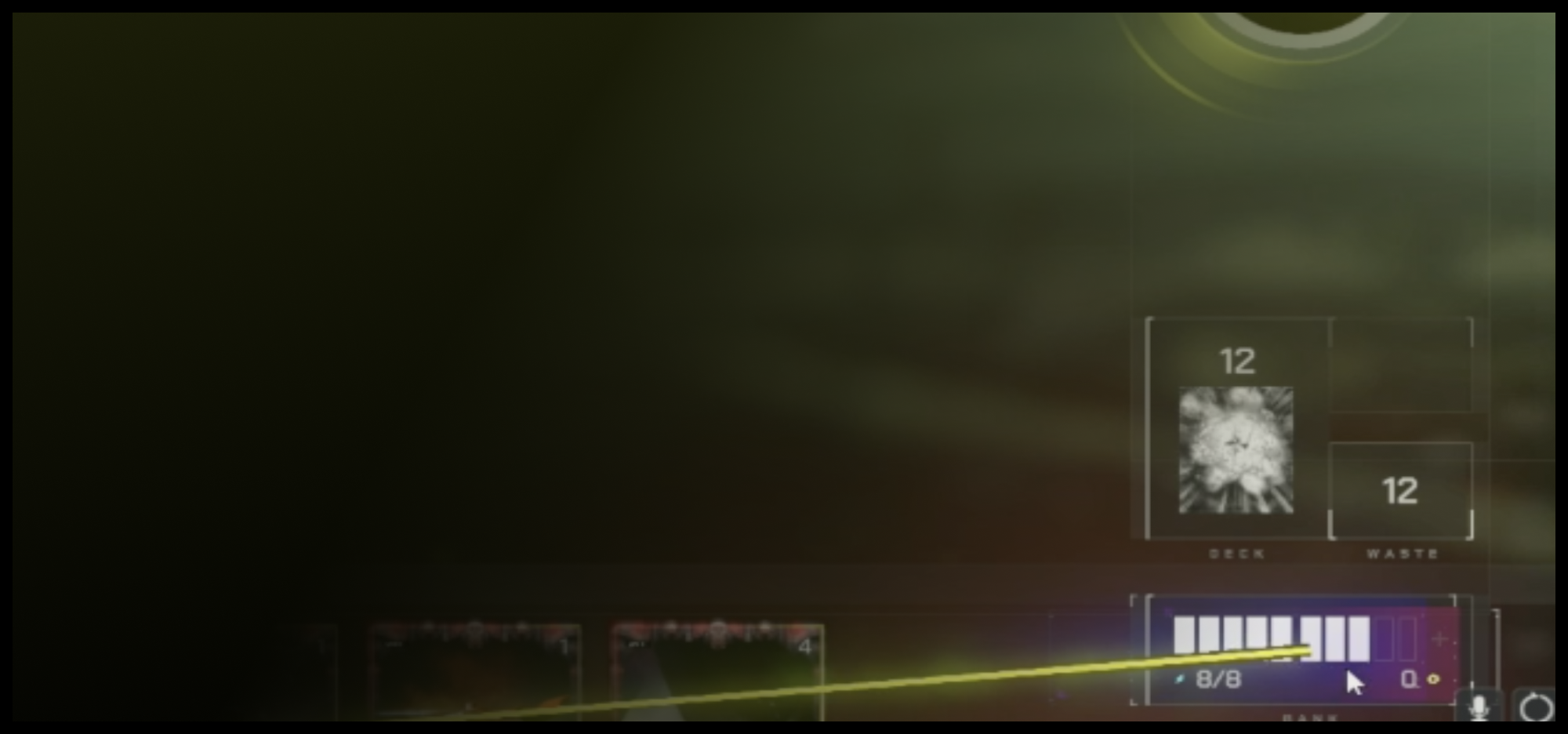
Banking Strategy
When building a deck, it's essential to consider which cards are bankable without harming performance. Aim to balance:
- Cards useful early in the game.
- Cards with long-term strategic value.
- Cards that can be banked without weakening your win condition.

Key Tips:
- Don’t bank automatically (always evaluate board state before deciding).
- Prefer banking after playing key cards.
- Adjust your strategy based on the matchup to make better decisions.
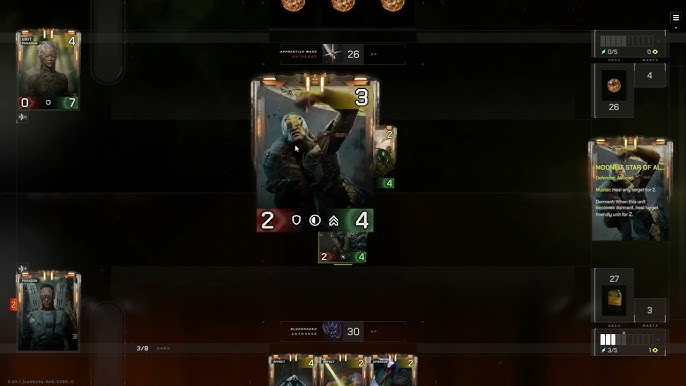
Playtesting and Adjustments
To optimize your deck, it’s recommended to play at least three games before making changes. Afterwards, analyze:
- Are key cards missing on turns 1–3?
- Which cards always end up in the bank? (These should be removed or reduced).
- Which cards should appear more often? (Add more copies or improve draw consistency).
Changes should be made gradually, switching out one or two cards at a time to preserve deck consistency.
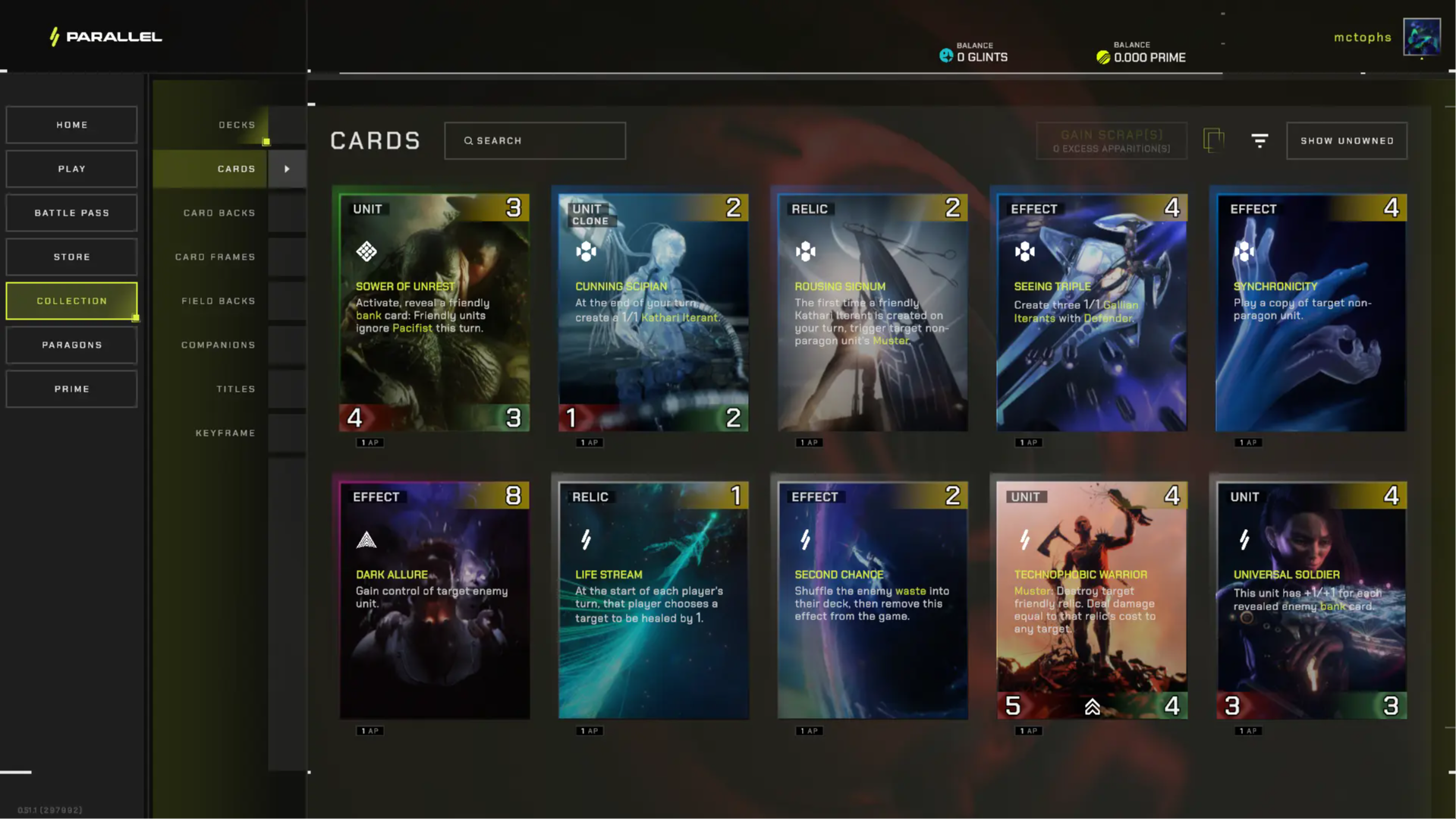
Final Tips for Building the Best Deck in Parallel
- Learn all available cards – Knowing the pool helps make better strategic decisions.
- Use the full turn timer – Carefully evaluating each move and banking choice can be crucial.
- Master Banking – Misunderstanding this mechanic can seriously impact game performance.
Build the best deck and crush your rivals
4
0
NEWSLETTER
Subscribe!
And find out the latest news
Other news you might be interested in
Etiquetas







